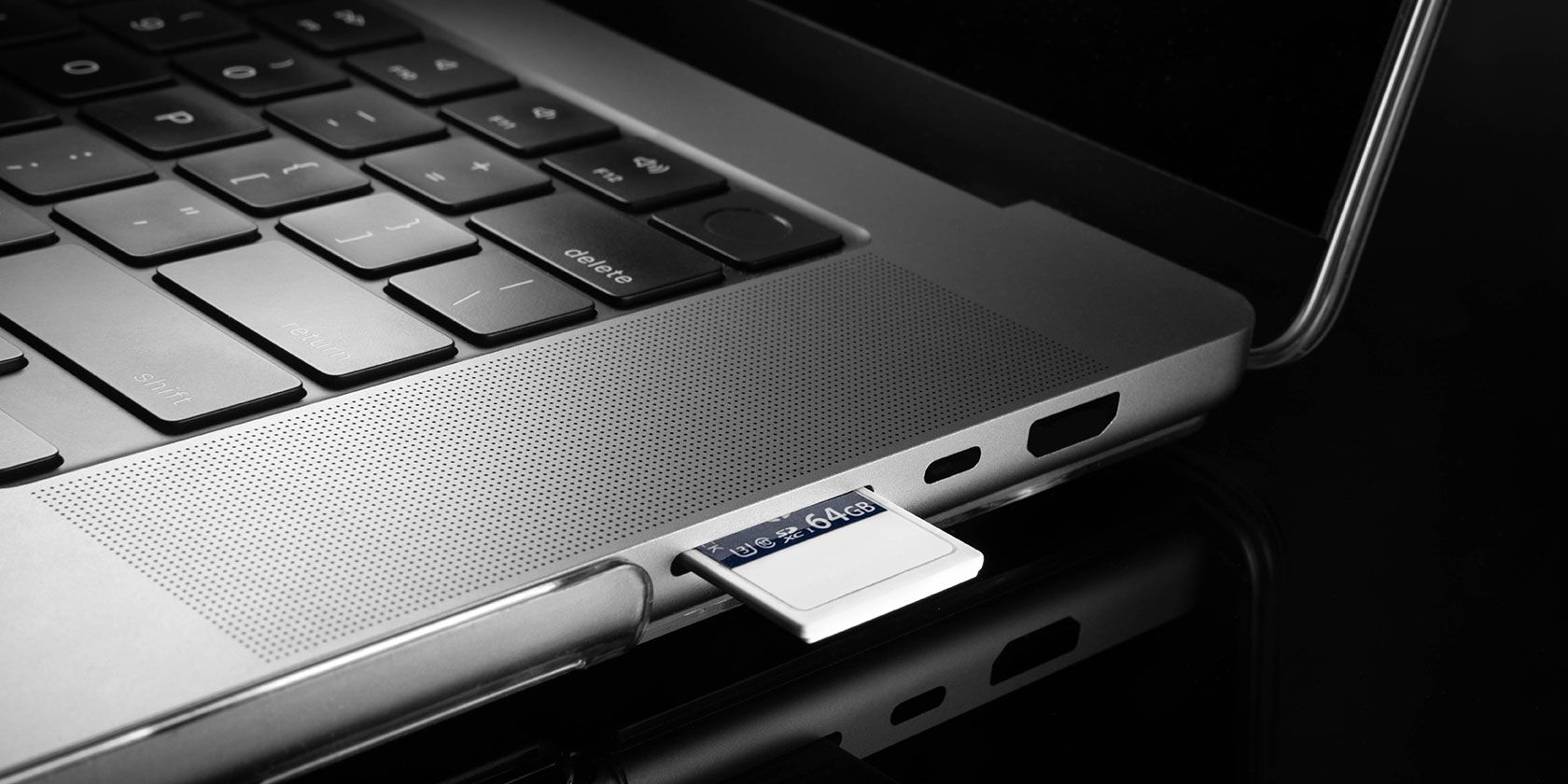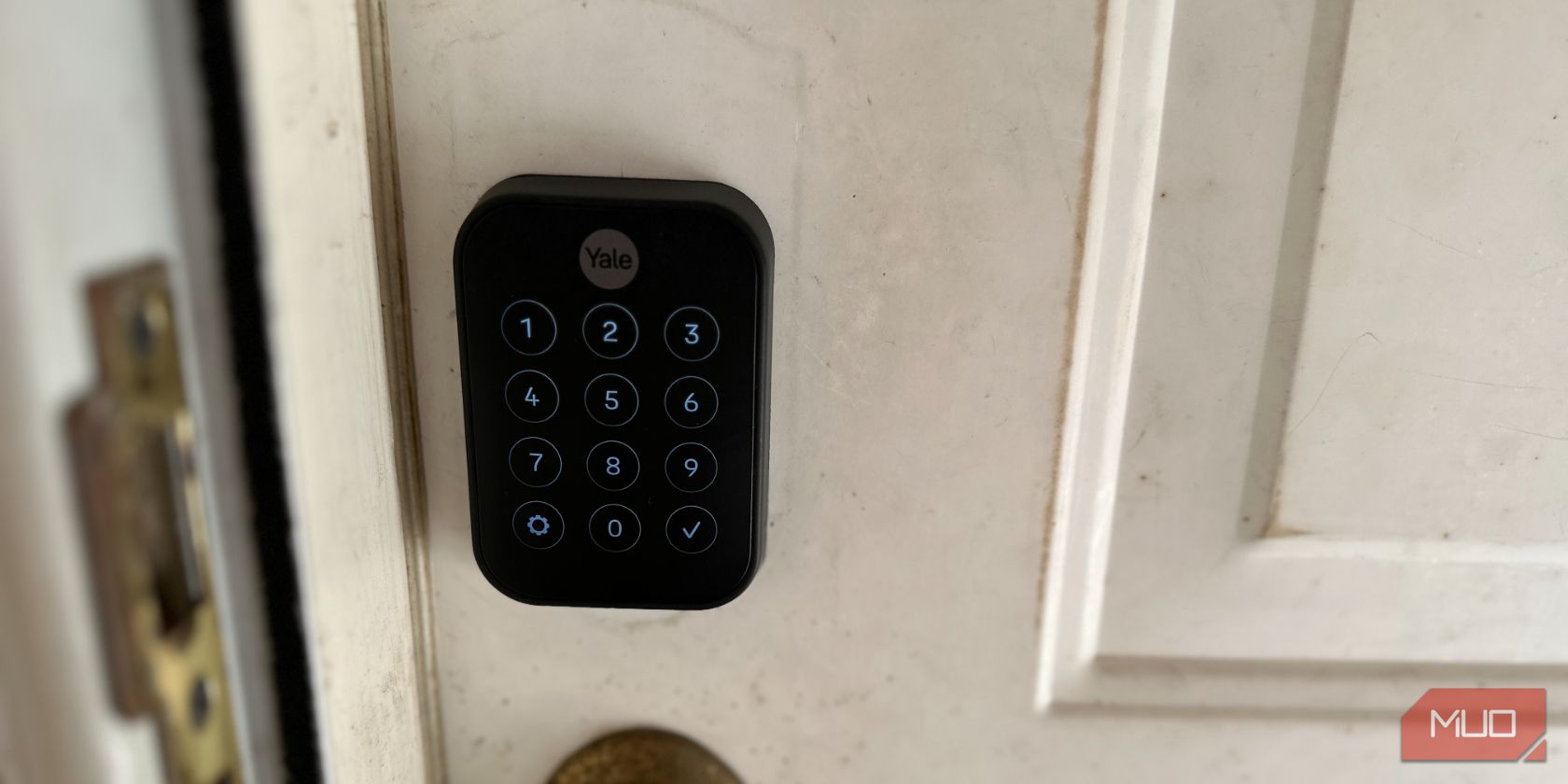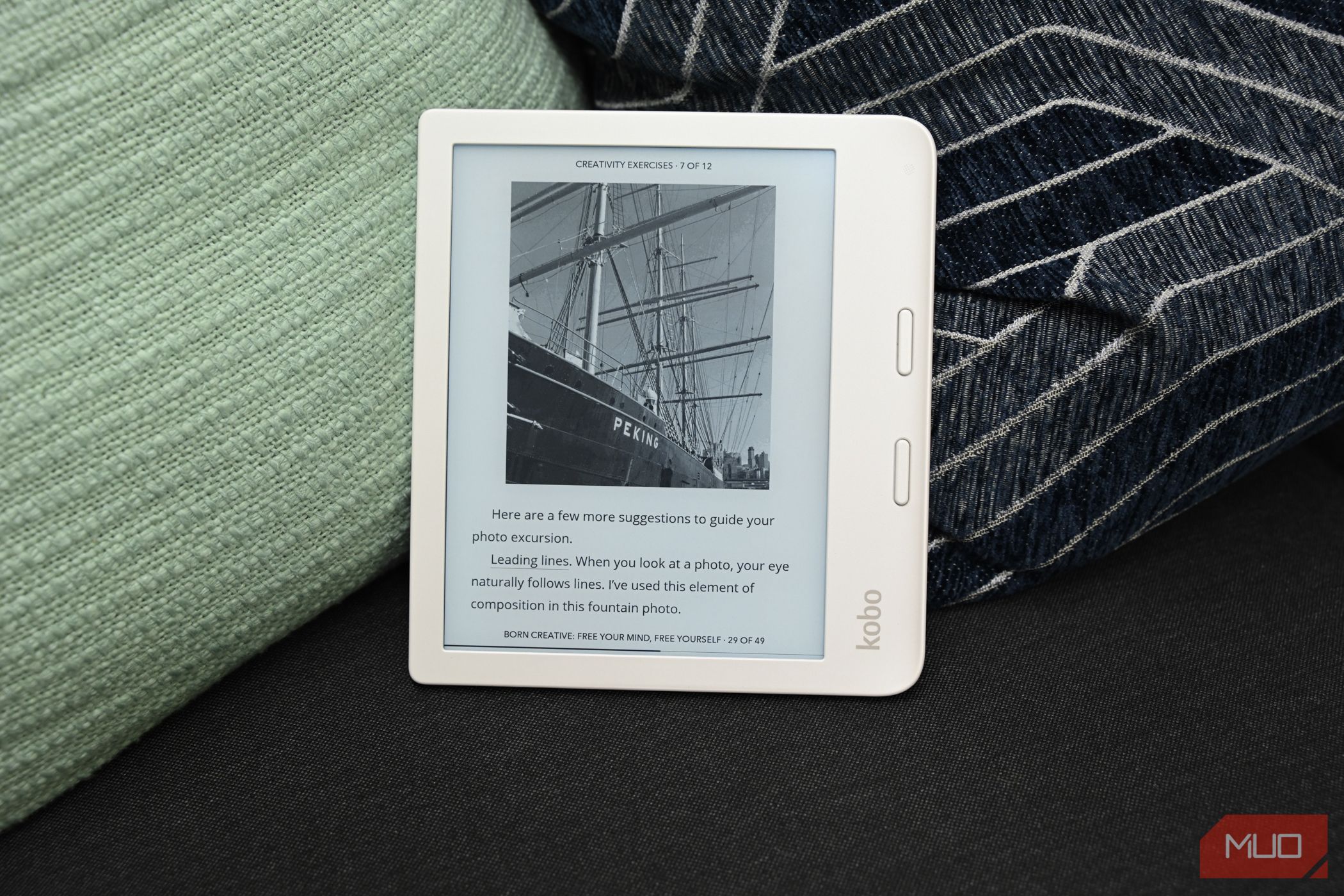Printed circuit assembly services differ from PCB fabrication
Printed circuit assembly services and PCB fabrication are two distinct yet interrelated processes that play integral roles in the manufacturing of electronic devices. While they are often mentioned together, it’s essential to understand the differences between them to grasp their respective contributions to the electronics industry.
printed circuit assembly services primarily involve the assembly of electronic components onto a printed circuit board (PCB) to create a functional electronic system. This process encompasses the mounting of various components such as resistors, capacitors, integrated circuits, and connectors onto the PCB, as well as the soldering of these components to establish electrical connections. Printed circuit assembly services focus on transforming bare PCBs into fully functional electronic devices ready for deployment in applications ranging from consumer electronics to industrial control systems.
In contrast, PCB fabrication revolves around the manufacturing of the bare PCB itself, without the integration of electronic components. PCB fabrication begins with the design of the circuit layout, which defines the placement and routing of electrical traces on the board to establish the desired electrical connections between components. Once the design is finalized, the fabrication process involves several steps, including substrate material selection, copper layer deposition, imaging, etching, drilling, and surface finishing, to produce the finished PCB.

How does Printed circuit assembly services differ from PCB fabrication?
One of the key distinctions between printed circuit assembly services and PCB fabrication lies in their focus and scope. While PCB fabrication centers on the production of the bare PCB, printed circuit assembly services focus on the integration of electronic components onto the fabricated PCB to create a functional electronic system. PCB fabrication is concerned with the physical layout and manufacturing of the board itself, whereas printed circuit assembly services involve the assembly of components onto the fabricated PCB to bring the electronic system to life.
Another difference between printed circuit assembly services and PCB fabrication lies in the expertise and equipment required for each process. PCB fabrication typically requires specialized machinery and facilities capable of handling processes such as substrate material lamination, copper layer deposition, imaging, etching, and drilling. In contrast, printed circuit assembly services rely on automated assembly equipment, such as pick-and-place machines, soldering equipment, and inspection systems, to mount electronic components onto the fabricated PCB accurately.
Additionally, the timelines and cost considerations associated with printed circuit assembly services and PCB fabrication differ significantly. PCB fabrication typically involves longer lead times and higher upfront costs due to the complexity and capital-intensive nature of the manufacturing process. In contrast, printed circuit assembly services offer faster turnaround times and lower setup costs since they involve the assembly of pre-fabricated PCBs using automated assembly techniques.
Despite these differences, printed circuit assembly services and PCB fabrication are closely intertwined processes that collectively enable the production of high-quality electronic devices. By leveraging their respective capabilities and expertise, manufacturers can streamline the production process, optimize product quality, and meet the evolving demands of the electronics industry. Whether it’s the fabrication of the bare PCB or the assembly of electronic components onto the fabricated board, both processes play essential roles in driving innovation and progress in the electronics manufacturing sector.




